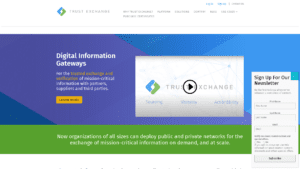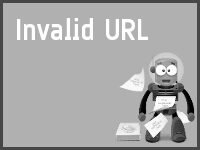
When it comes to trading forex, traders have to decide between using open-source software or commercial versions. The decision can have a significant impact on the trading experience, so it is important to understand the differences between the two. This article explores the pros and cons of each to help traders make informed decisions. , factual, objective
Open Source Versus Commercial Software: What You Need to Know
When it comes to software development, open-source and commercial solutions are two distinct models. Open source software is developed and shared openly among users and users are often allowed to modify it. Commercial software, on the other hand, is developed by a software development house and is usually subject to copyrights and restrictive licenses.
The main differences between the two models can be seen when it comes to cost, security, flexibility, and the community that it is developed in. Each has their advantages and disadvantages and in this article we’re going to look at how open-source and commercial software compare.
Cost
The biggest difference between open-source and commercial software is in the cost. Open-source software is typically distributed for free, while commercial software requires a license fee. This means that the cost of open-source software is usually much lower than that of proprietary software. However, this doesn’t mean that open-source software is free. It typically requires an investment of time in studying the code and in customizing it to suit the user’s needs.
Security
When it comes to security, many people argue that open source software is more secure than commercial software because the source code is open to public scrutiny. This gives the community a chance to discover and patch any security vulnerabilities in the code. Commercial software, in contrast, is typically closed-source, which means it’s difficult for the user to inspect and patch the code if needed. While this isn’t always the case, it is true that there is a potential for increased security in open-source software.
Flexibility
Another advantage of open source software is its flexibility. Open source software usually allows the user to modify the code, allowing them to customize the software to their needs. Commercial software, on the other hand, can be quite rigid and restrictive. This can a be a problem for users who need to customize the software.
Community
Finally, when it comes to open-source and commercial software, the community factor must be taken into account. Open-source software is developed in an open community of developers, while commercial software is typically developed by a single team. This means the open source model allows for greater collaboration and more potential ideas to be shared. This has an impact on the quality of the software and its usability for users.
In conclusion, open source and commercial software are two distinct models that have their own advantages and disadvantages. Open-source software is typically free to use, distributes, and modify, and provides increased security and flexibility for users. However, commercial software has the potential for higher quality and an often easier user experience. Ultimately, the choice between the two comes down to the needs of the user and which model best suits them.







